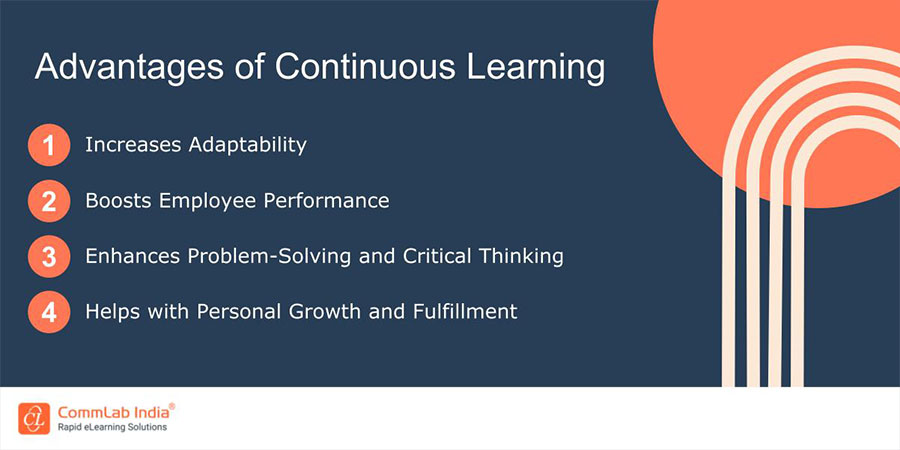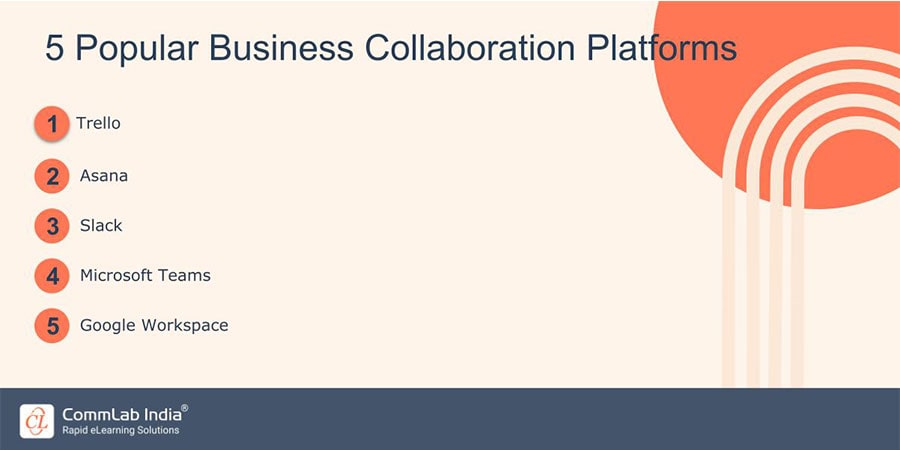10 Proven Ways to Build a Learning Culture in Your Organization

In today's fast-paced and ever-changing business landscape, organizations that prioritize continuous learning and development have a significant competitive advantage. The ability to adapt, innovate, and stay ahead of industry trends hinges on fostering a robust learning culture within the workplace. A learning culture not only enhances the skills and knowledge of employees but also empowers them to take ownership of their professional growth. In this blog, we will explore 10 proven strategies to help you build a dynamic learning culture in your organization.
Looking to Foster a Dynamic Learning Culture in Your Organization?
Here are a few ways to effectively do it -
- Leadership support
- Clear vision
- Regular training
- Recognition and rewards
- Learning events
10 Ways to Build a Learning Culture
1. Leadership Support
Leaders play a pivotal role in shaping the learning culture of an organization. Their active involvement and commitment to learning set the tone for the entire workforce. When leaders are engaged in learning, they send a clear message that ongoing development is not just a suggestion but a priority. Encourage executives and managers to lead by example. When leaders participate in training, workshops, or mentoring programs, it demonstrates their commitment to continuous learning. Leaders should actively advocate for learning, both in their words and actions. They can use their influence to allocate resources, time, and support for learning initiatives.

2. Clear Vision
A clear and compelling vision for your organization's learning culture is essential to guide your efforts and ensure alignment with overall business objectives. Begin by defining what a learning culture means within your organization. What values, behaviors, and outcomes are you striving to achieve? Communicate this vision clearly and consistently to all employees. Make it a part of your mission and values statements, so it's ingrained in the organizational culture. Ensure that the learning culture aligns with the broader goals of the organization. Show how learning contributes to innovation, productivity, and the overall success of the company.
→ Download Now: The State of Learning - 2023 and Beyond
3. Provide Resources
To build a thriving learning culture, you must provide employees with the necessary resources to acquire knowledge and develop skills. Invest in learning management systems (LMS), eLearning platforms, and libraries of learning content. Make these tools easily accessible to all employees. Offer financial incentives for professional development. This could include reimbursement for courses, certifications, or attendance at conferences. Allocate time for learning during the workday, and create a physical or virtual space where employees can focus on their development without interruptions.
4. Regular Training
Regular training programs are the backbone of a learning culture. They provide structured opportunities for employees to acquire new skills and knowledge. Tailor training programs to the specific needs of different departments and job roles. One-size-fits-all training may not be as effective. Offer a mix of in-person and online training, workshops, seminars, and self-paced courses to accommodate different learning preferences.
5. Feedback Mechanisms
Feedback mechanisms are essential to fine-tune your learning culture initiatives and ensure they meet the evolving needs of your employees. Conduct regular surveys to collect feedback on the quality and relevance of learning initiatives. Ensure that employees can provide input anonymously to encourage honest responses. Establish key performance indicators (KPIs) related to learning and development. Monitor these metrics to measure the impact of your efforts on individual and team performance.
6. Recognition and Rewards
Recognizing and rewarding employees for their commitment to learning reinforces the importance of ongoing development. This motivates individuals and teams to actively engage in the learning process. Acknowledge and celebrate achievements tied to learning objectives. Gamification can help you recognize outstanding learners through awards, certificates, or leaderboards within the organization. Implement monetary rewards or bonuses for reaching specific learning milestones or obtaining relevant certifications. These incentives can drive employees to invest more in their development.
7. Embrace Failures
In a learning culture, failure is viewed not as a setback but as a valuable learning opportunity. Encourage employees to take risks and learn from their mistakes. Foster a psychologically safe environment where employees feel comfortable taking calculated risks without fear of retribution. When mistakes occur, focus on the lessons learned rather than placing blame.
Encourage employees to reflect on their failures and analyze what went wrong and what they can do differently in the future. This reflective process is a crucial part of the learning journey. Promote the sharing of failure stories and the lessons learned from them. This can be done through regular meetings, blogs, or presentations, creating a culture that values learning from setbacks.
8. Cross-Functional Teams
Cross-functional collaboration enables employees to learn from colleagues with different skills and perspectives, fostering innovation and a broader understanding of the organization. Assemble teams with members from various departments, fostering a diversity of thought and problem-solving approaches. This diversity can lead to creative solutions and fresh insights. Encourage team members to share their expertise and experiences. Collaborative projects provide opportunities for individuals to learn from one another's strengths.

9. Self-Directed Learning
Empowering employees to take control of their own learning is a key aspect of a learning culture. Self-directed learning encourages ownership of one's development. Support employees in creating personalized learning plans based on their career goals and interests. Provide guidance and resources to help them achieve these goals.
Ensure that employees have access to a wide range of resources, from online courses and books to mentorship opportunities, enabling them to explore subjects that interest them. Allow flexibility in employees' work schedules to accommodate self-directed learning. Allot time for them to pursue courses or projects relevant to their personal and professional growth.
10. Learning Events
Hosting various learning events helps employees stay updated on industry trends, fosters networking, and encourages knowledge sharing. Organize workshops and seminars led by industry experts or internal subject matter experts. These events offer hands-on experience and deep dives into specific topics. In the age of remote work, virtual learning events have become essential. They allow employees to access knowledge and networking opportunities from anywhere. Host internal conferences and virtual instructor-led training sessions where employees can showcase their expertise and insights. This not only boosts their confidence but also helps spread knowledge across the organization.
Wrapping Up!
From leadership support to embracing failure, these approaches will not only enhance your employees' capabilities but also fuel your organization's long-term success. Let's embark on a journey to create a workplace where learning is not just encouraged but ingrained in the very fabric of your organization. To help you create a learning culture, here’s a free eBook to understand the state of learning in this dynamic corporate environment.



![What are the Best Authoring Tools to Develop Microlearning Assets [Infographic]](https://blog.commlabindia.com/hubfs/blogs/best-authoring-tools-develop-microlearning-assets-info.jpg)

